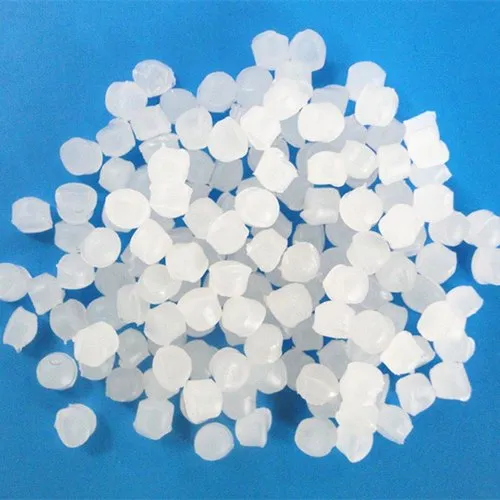TPV Plastic Plastic Pellets
What is TPV?
Thermoplastic Vulcanizate (TPV), also known as EPDM thermoplastic vulcanizate, is a high-performance material that combines the properties of rubber and plastic. TPV is created through a chemical reaction between rubber and plastic at a specific melting temperature, resulting in a unique two-phase structure with EPDM (Ethylene Propylene Diene Monomer) dispersed in a polypropylene (PP) matrix. This innovative material offers exceptional elasticity, durability, and processing efficiency, making it a preferred choice for a wide range of industrial applications.
Key Properties of TPV Plastic
TPV stands out due to its unique combination of physical and chemical properties, which make it suitable for demanding applications. Below are its standout features:
- Excellent Elasticity and Durability: TPV exhibits outstanding elasticity and toughness, comparable to EPDM rubber. It is highly resistant to environmental damage, aging, and wear, ensuring long-term performance.
- Oil and Solvent Resistance: TPV demonstrates excellent resistance to oils and solvents, making it ideal for applications in harsh environments.
- Wide Temperature Range: TPV can operate effectively in a broad temperature range, from -60°C to 150°C, making it suitable for both extreme cold and high-heat applications.
- Versatile Hardness Range: With a hardness range of 25A to 54D, TPV offers flexibility in design and application. It is also easy to color, enhancing its aesthetic appeal and design freedom.
- Excellent Processability: TPV can be processed using standard thermoplastic methods such as injection molding and extrusion. It has high fluidity, low shrinkage, and does not require additional equipment, making it cost-effective and efficient to manufacture.
- Eco-Friendly and Recyclable: TPV is environmentally friendly, as it can be recycled and reused multiple times without losing its performance properties. It complies with stringent environmental protection standards.
- Lightweight and Aesthetic: TPV is lightweight (0.90–0.97 g/cm³) and has a uniform appearance with a high-quality surface finish, providing a premium look and feel.
Applications of TPV Plastic
TPVs unique combination of elasticity, durability, and versatility makes it suitable for a wide range of applications, particularly in industries requiring high-performance materials. Below are some of its key uses:
- Automotive Industry:
+ Seals and Gaskets: TPV is used for door seals, window seals, and other automotive gaskets due to its excellent weather resistance and durability.
+ Interior and Exterior Trim: Its aesthetic appeal and resistance to wear make it ideal for decorative and functional components in vehicles.
+ New Energy Vehicle Components: TPV is used in water tubes and other components for new energy vehicles due to its chemical resistance and flexibility.
- Consumer Products:
+ Anti-Slip Grips: TPV is used in anti-slip grips for luggage, tools, and other handheld devices.
+ Medical Elastic Materials: Its biocompatibility and flexibility make it suitable for medical devices and components.
- Construction and Engineering:
+ Sealing Strips: TPV is used in construction for sealing and insulation due to its weather resistance and durability.
+ Elastic Components: It is used in various engineering applications requiring flexible and durable materials.
- Industrial Applications:
+ Micro TPV Materials: TPV is used in high-precision industrial components due to its excellent mechanical properties and processability.
+ Pipes and Hoses: Its chemical resistance and flexibility make it ideal for industrial pipes and hoses.
Advantages of TPV Over Traditional Rubber
- Cost-Effectiveness: TPV provides a balance of performance and cost, making it a more economical choice for many applications.
- Ease of Processing: TPV can be processed using standard thermoplastic methods, reducing production time and costs.
- Recyclability: Unlike traditional rubber, TPV can be recycled and reused, contributing to sustainability efforts.
- Lightweight: TPVs lower density reduces the overall weight of components, which is particularly beneficial in automotive and aerospace applications.
Conclusion
TPV is a highly versatile and high-performance material that combines the best properties of rubber and plastic. Its excellent elasticity, durability, chemical resistance, and wide temperature range make it suitable for a variety of demanding applications across industries such as automotive, construction, consumer products, and healthcare. Additionally, its eco-friendly nature, ease of processing, and cost-effectiveness make it a superior alternative to traditional rubber materials. Whether youre designing durable automotive components, flexible medical devices, or high-precision industrial parts, TPV is a material that delivers exceptional performance and reliability.




